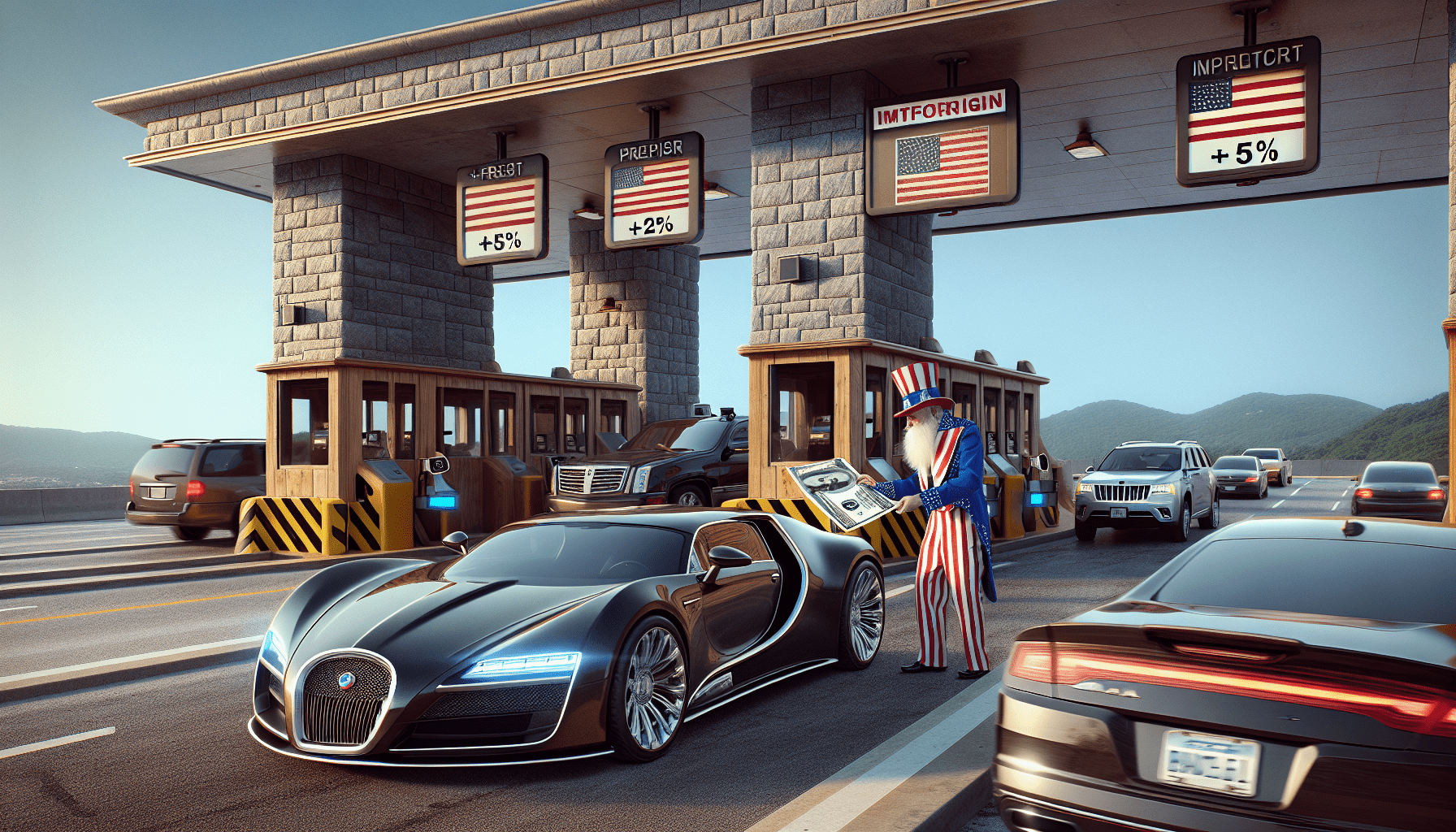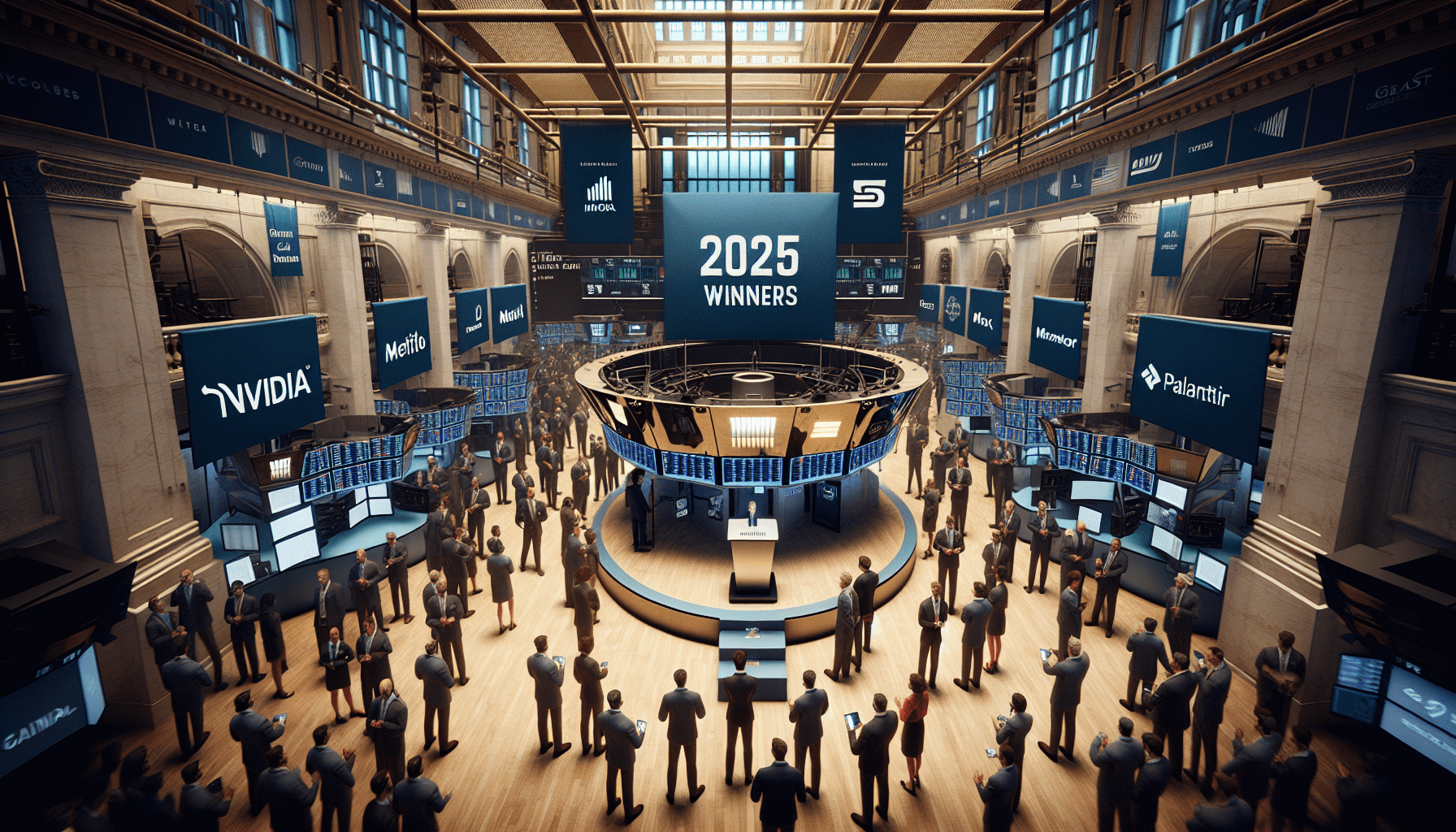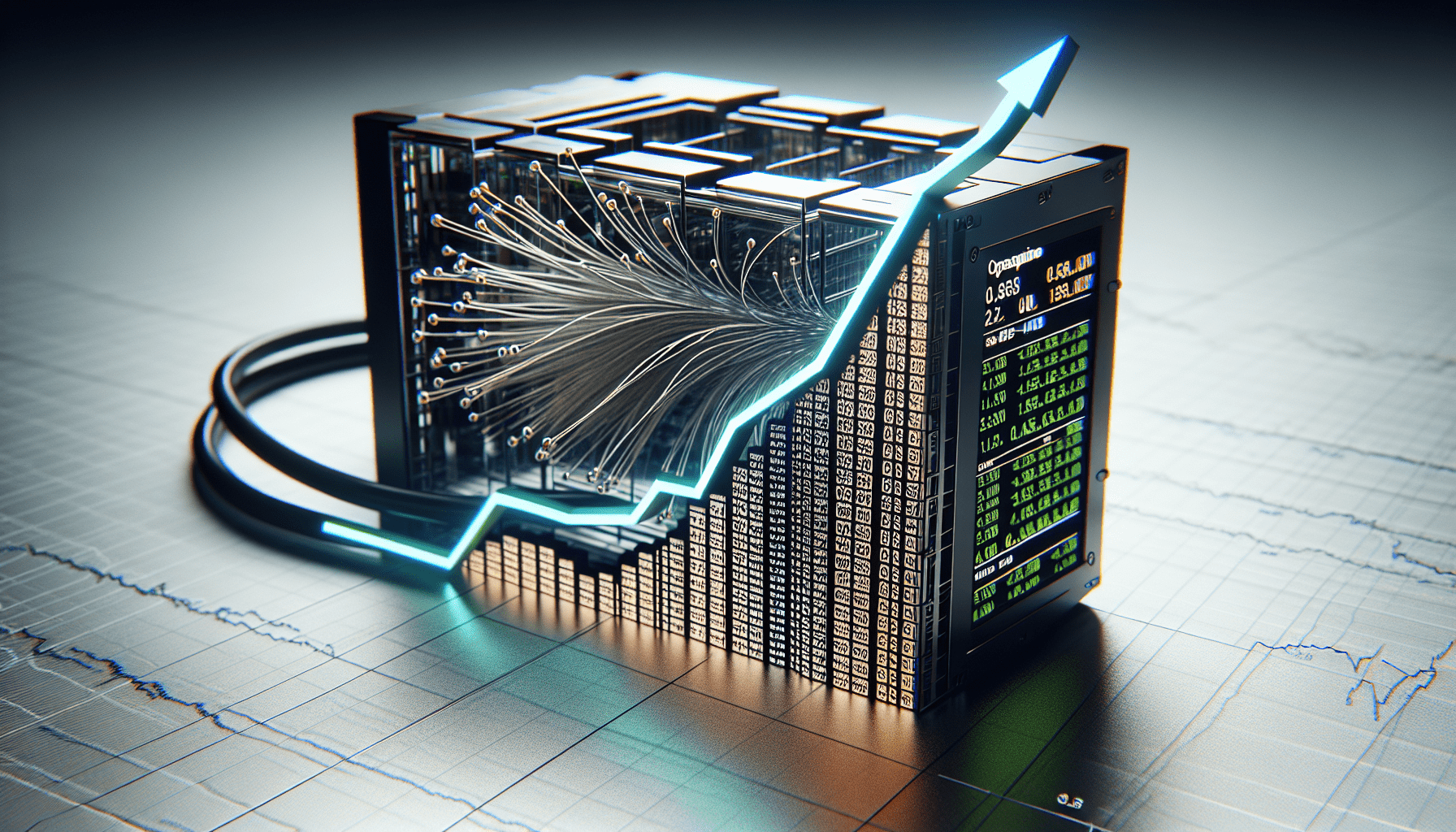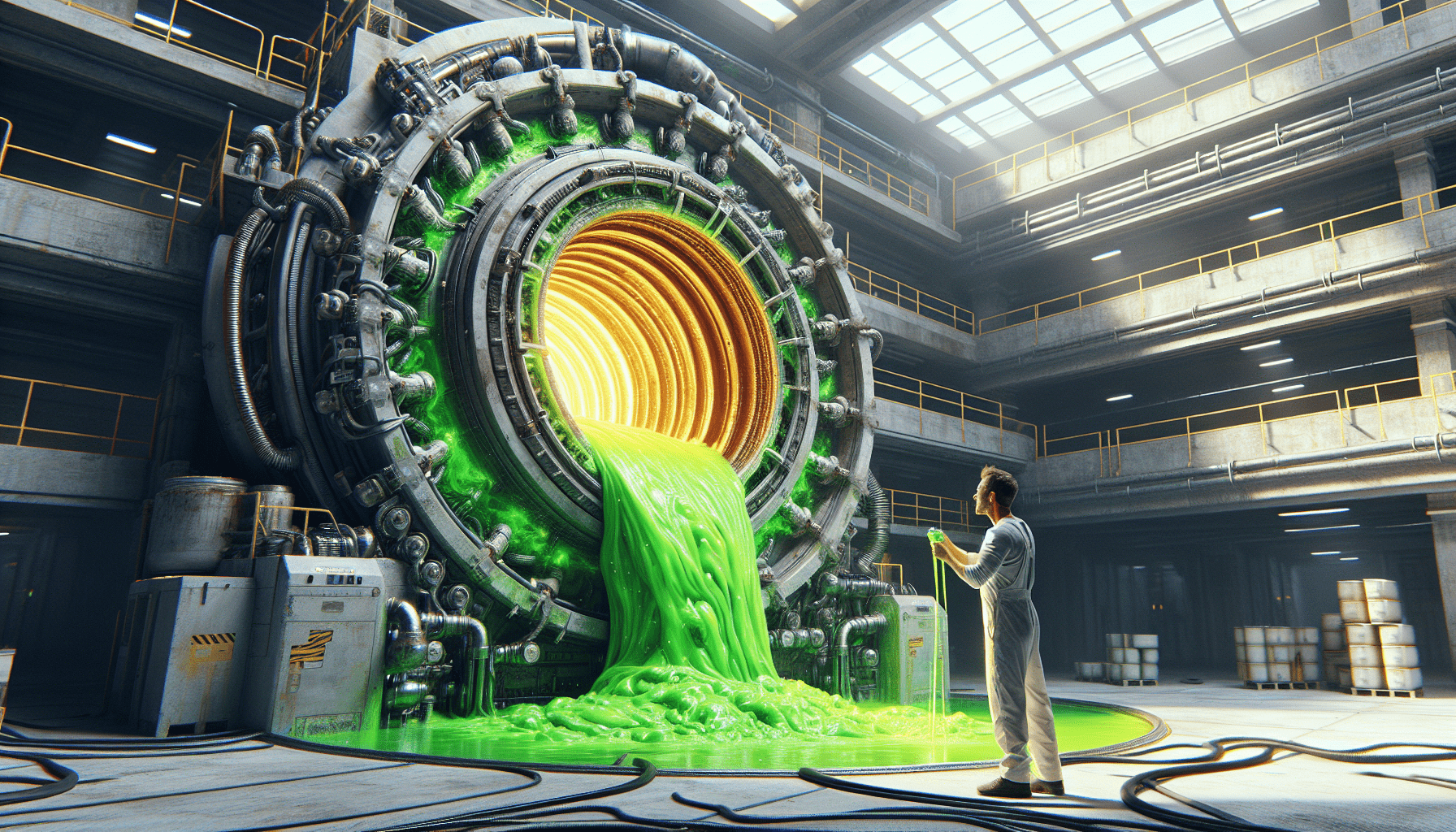Investing in a Future of Automation, Robotics & AI
If there is one single investment theme to get your head around, its emerging technologies in Robotics & Automation. Whether you invest in this sector as a hedge against the future, or your own redundancy.
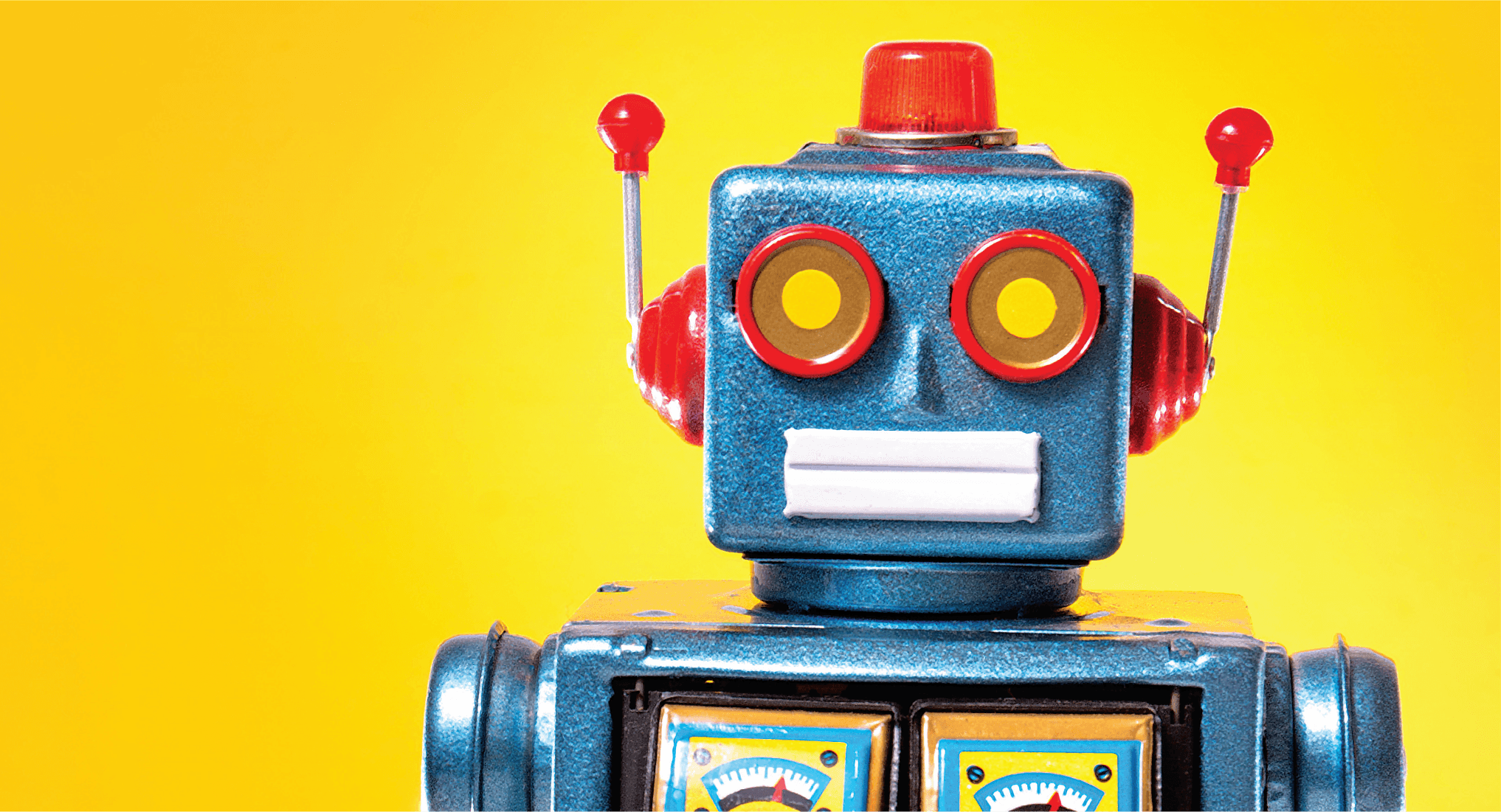
Technology has been altering human life since time immemorial. Early humans learned through trial and error that wrangling large prey with their bare hands meant certain death. Instead, the human desire for survival motivated them to craft stone tools that radically changed everything. Sharpening a flint and attaching it to a piece of wood created a spear they could hurl into the flesh of dangerous game from a safe distance. That lowered the risk of being gorged or mauled by undomesticated beasts.
But progress came slowly at first. The ancient ancestors of modern man had to rely upon the power of their own muscles, and information was passed along only by genes. Yet mankind’s antecedents evolved through their use of fire, spears and pottery. Later generations learned through experience and transferred their knowledge to others through signs, symbols, writing and logic.
Eventually, the progenitors of contemporary mankind learned to use the energy of domesticated animals to perform hard labor, planted and cultivated crops to create agriculture, and shaped the elements of the natural world to invent metalworking.
Much later, the Industrial Revolution signified the transition from expending energy by hand or beast to using machines for transportation and manufacturing. By the early 1900s, mankind had begun harnessing and controlling natural resources such as coal, oil, and gas. By mid-century, scientists harnessed the power of nuclear energy.
Those millennia of technological progress called for measurement, and economists began to gauge productivity, which increases when fewer inputs, such as manual labor, are required for the production of an output. In short, humans are defined as more technologically advanced when they produce more with less.
With that as the basis of progress, sociologists like Daniel Bell suggest that in a post-industrial society knowledge and services have become the valued form of capital, supplanting the good old-fashioned hard work that parents once preached. The economy has shifted from the producing goods to providing services.
Meanwhile, globalization and automation have guaranteed declining demand for blue-collar, unionized manual labor and ensured a growing need for professional knowledge workers, such as scientists and IT professionals. Lately, technology has required more workers in jobs that include machine-learning engineers, data scientists and business-intelligence developers.
The Coming Storm
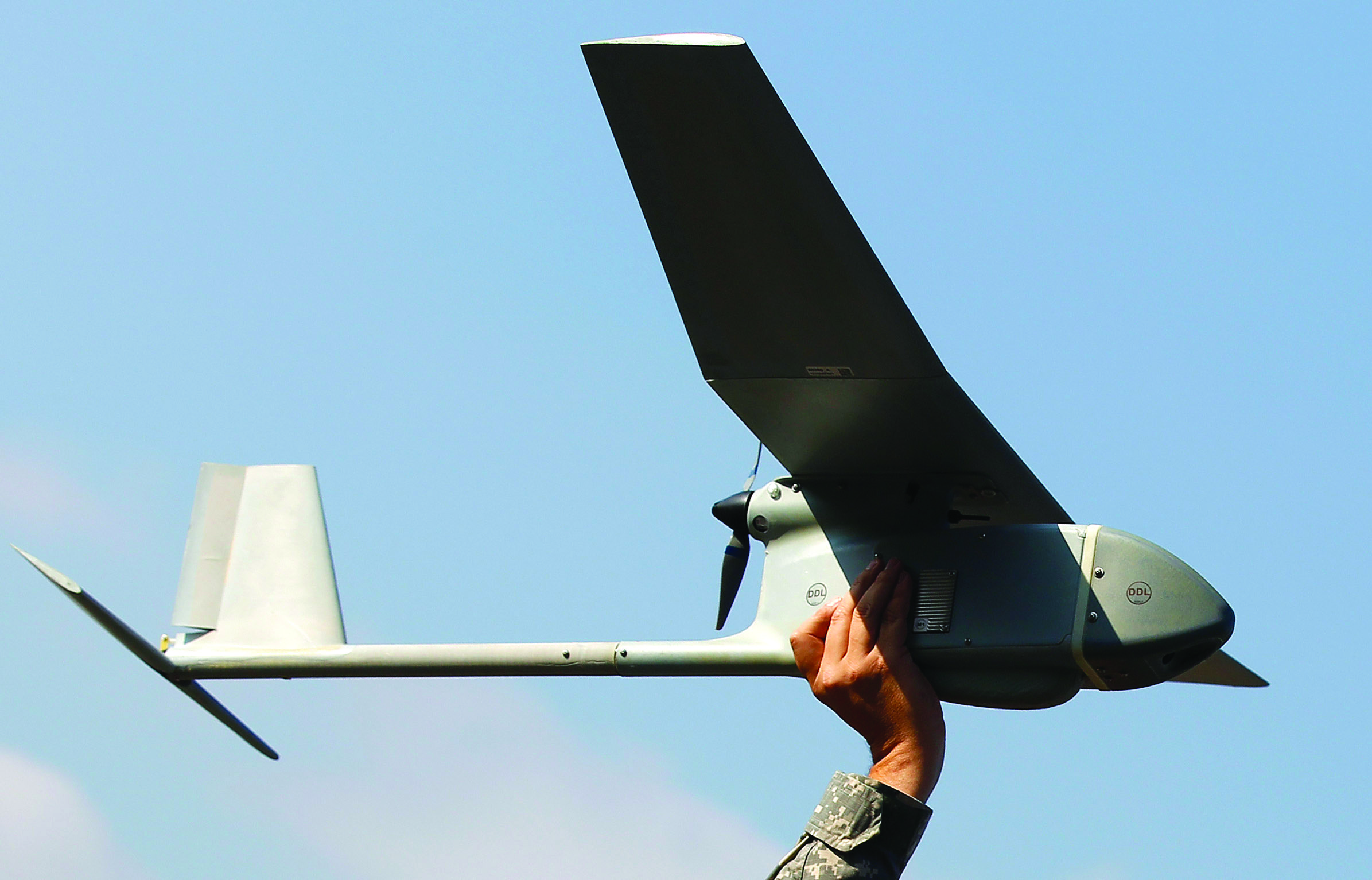
A technological revolution is brewing, and it’s unlike anything the world has seen before. It will drastically transform the way people live, work and communi- cate. While arguments rage for and against automation, artificial intelligence (AI) and cyber-physical systems, it’s indisputable that they are contributing to economic growth and increased productivity.
Commercial use of unmanned vehicles is beginning to accelerate as companies seek to incorporate drones into many applications
To identify the areas of the AI revolution with the highest probability of success, researchers have to put tends into perspective: Machines will carry out tasks performed by humans, and in many cases do them better. Some observers say there will still be enough work to go around. AI expert Kai Fu Lee said in a recent CBS News interview that robots will replace humans in as much as 40% of the world’s jobs. Oxford University researchers estimate that about 47% of employment in the United States is at high risk of automation in the coming decades. The Oxford study indicates that workers in transportation and logistics, office and administrative support, and production labor will be the first to feel the effects of the coming storm.
Decreasing costs of sensors and the prevalence of autonomous vehicles are ensuring that workers who drive for a living, including chauffeurs, bus and truck drivers, will be unemployed within the next 15 to 25 years. Advances in big data and machine learning are making it likely that office support roles will face a similar fate. Innovation in industrial robotics and cyber-physical systems are enabling machines to perform a broader scope of non-routine manual tasks.
A report from McKinsey suggests that automation will destroy as many as 73 million U.S. jobs by 2030 but proposed that at least 20 million of the displaced workers will shift quickly into similar occupations. However, that means that as much as a third of the U.S. workforce will need to pursue entirely new professions. In total, the report indicates that up to 800 million workers could be displaced, with as many as 375 million people requiring new skills and education.
Higher wages and educational attainment tend to safeguard workers from automation, Oxford researchers say. Jobs requiring creative thinking and social intelligence were relatively safe, they added. Automation could be principally confined to low-skill, low-wage occupations which typically require little to no education, and the future economy will require higher educational attainment, according to the study.
Work and society
By incorporating AI, the Internet of Things (IoT), big data and robotics into every aspect of industrial and social life, society can create a future that abounds with new expectations, values and services where smart outcomes drive an improved quality of life and create a greater good. The technology-driven future economy promises to convert big data collected by IoT into new intelligence through AI with the intent of empower- ing humans to make better, more sustainable decisions. The benefits are compelling.
It’s undeniable technological advances will usher in unprecedented economic growth through productivity. Sure, it will take jobs away, but it also will create job and learning opportunities. It could potentially lead to an economic surplus that enables humanity to support a transitioning workforce.
To win big in the future economy, investors should look for ways to invest in the application of technology, not the technology itself
Businesses need to re-evaluate their workforce needs and talent-development strategies.
More specifically, they will find it in their self-interest to connect the workforce to learning opportunities that prepare them for a new world of work. Individuals will find themselves seeking access to education to be ready for work that is rapidly evolving. Automation will cause a problematic shift in the future of work, but demand for human labor will continue.
Invest for the coming storm
To win big in the future economy, investors should look for ways to invest in the application of technology, not the technology itself. It’s about finding companies that understand how their technology strategically aligns to prevalent social and economic themes in society. It’s vital to target companies poised to benefit from structural shifts in culture, technology and how humanity interacts with the environment.
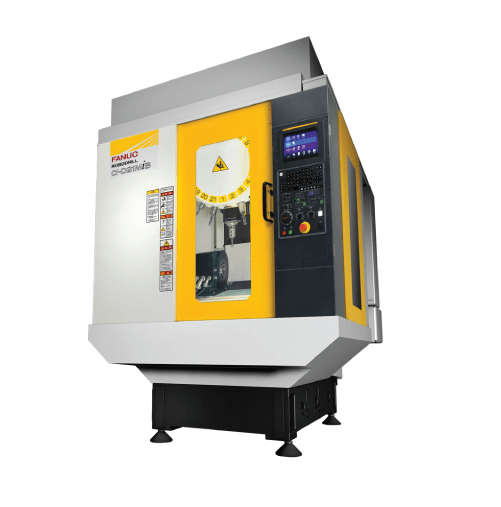
For example, Fanuc Corp. (FANUY), an industrial robotics and automation business, provides robots that assemble and paint automobiles in China, construct complex motors and make injection-molded parts. Pharmaceutical companies use sorting robots to categorize and package pills. Food packing facilities use them to slice, squirt and wrap edibles.
In another example, Robodrill from Fanuc (ADR) produces the all-metal casing used in Apple (AAPL) iPhones. Bloomberg reported that the launch of the iPhone 8 and iPhone X caused substantial increases of Robo-drill sales to Apple’s manufacturers in China. The highly secretive company uses factories of the future where they operate without lights or air-conditioning, and have virtually no human intervention. About 80% of the company’s assembly work is entirely automated, according to Fanuc’s Vice President Kenji Yamaguchi.
Healthcare, a non-industrial sector, also depends upon robotics technology. Intuitive Surgical (ISRG), for example, develops and manufactures the Da Vinci surgical system designed for robotic-assisted surgery that’s minimally invasive. Since 2000, the system have been used in more than 3 million operations with a 95% success rate.

Mechanical eyeballs
For robots to execute tasks in unstructured environments and make decisions, their makers must integrate robotic vision into the AI. Robotic vision enbles machines to process imagery from their surroundings. In short, it enables them to “see.” Faro Technologies (FARO) develops 3D precision imaging devices and realization software technology. Its products have become popular with factories that use imaging software to automate inspections and calibrations, including alignment, part inspection, dimensional analysis, first article inspects, incoming and in-process inspection, machine calibration, non-contact inspection, robot calibration, tool building and set-up, and assembly guidance.
Machines will carry out tasks performed by humans and in many cases do them better
An emerging vertical for Faro Technologies is public safety forensics. The company’s technology provides a real-life Sherlock Holmes-like product that public safety officials and professionals can use to capture environment or situational scenes in 2D and 3D for crime, crash and fire scene investigations, and environment safety evaluations. With that technology, robots will be able to capture an entire crime scene and enable investigators to see clues not noticeable by the naked eye.
Commercial use of unmanned vehicles is beginning to accelerate as companies seek to incorporate drones into package delivery, agricultural inspections, and emergency and disaster response. The U.S. Federal Aviation Adminis- tration reported that as many as 1.6 million commercial drones could come into use by 2021. The company to watch is AeroVironment (AVAV). The firm offers small unmanned aircraft systems, which provide intelligence, surveillance and reconnaissance. The military is one of its largest customers; however, commercial applications are endless. To demonstrate the industrial applications of its technology, AeroVironment is working with universities that use aerial multispectral imagery to protect crops.
For robots to execute tasks in unstructured environments and make decisions, their makers must integrate robotic vision into the AI
For example, the firm worked with California State University, Fresno, to use drone imagery and analytics to detect varying levels of water stress in almond trees to help growers make better in-season decisions regarding water management. It also engaged with North Dakota State University using its drone platform to enable early detection of diseases in sugar beets to help identify infected plants earlier.
Using the power of technology to help produce food in the fields and orchards of America should probably come as no surprise. It merely constitutes the latest step in a march to combat hunger that began with a sharp rock and a stick so long ago.
Timothy Summers, Ph.D., is CEO of Summers & Co., a global strategic advisory firm that provides advice on emerging technology, and is the executive director of Cloud and Advanced Network Engineering Services for Arizona State University. @howhackersthink
